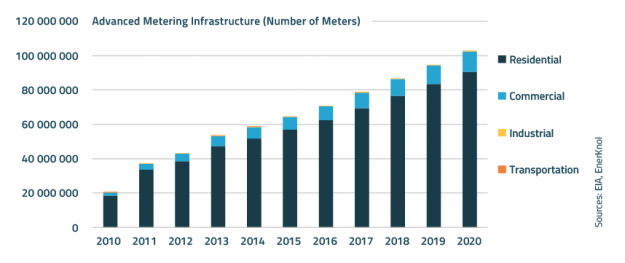Visual Primer: U.S. Energy Industry Turns to Carbon Capture to Reach Net-Zero Emissions
The increasing focus on reducing carbon dioxide (CO2) and other greenhouse gas emissions to achieve climate goals has drawn renewed attention to the deployment of carbon capture, utilization, and storage (CCUS) technologies. Federal investments in carbon management through the 2021 Infrastructure Investment and Jobs Act (IIJA) have provided a near-term opportunity to scale commercial carbon capture projects.











